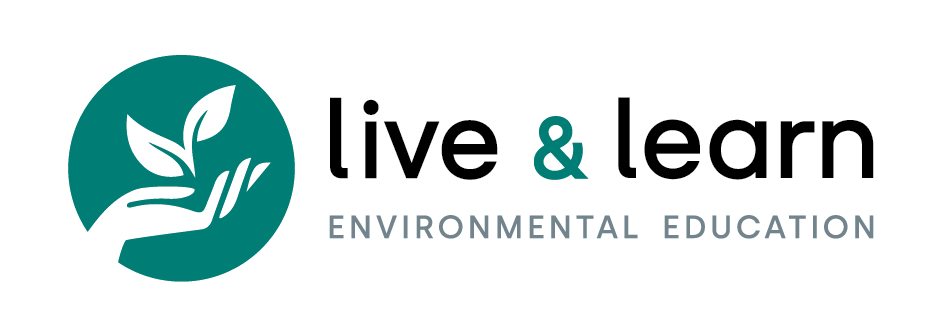Customary landowners from Zaira on Lupa Vangunu are speaking out in an effort to protect the last old-growth rainforest on the island from commercial logging.
For more than a decade, logging companies have been trying to win the timber rights and approvals to log the pristine forest. But members from the Dokoso, Sugili and Tavoamai Tribes want to develop a conservation and carbon project that protects the forest and generates income to benefit everyone.
Despite pressure from logging companies, the Zaira community still believe in this vision and want leaders and decision makers to listen to their voices and their hope.
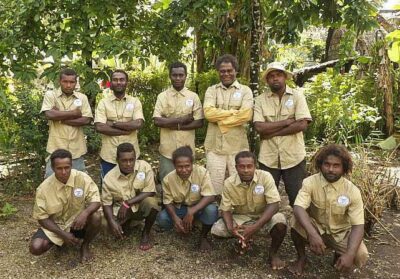
Zaira community Rangers volunteer to monitor and protect their unique ecosystem. Courtesy Zaira Community and Tyrone Lavery.
What has happened on Lupa Vangunu?
Lupa Vangunu is made up of four communities: Zaira, Bopo, Tige and Niniveh. Three tribes from these communities — Dokoso, Sugili, Tavoamai — are the customary landowners of the remaining old-growth rainforests which are at the heart of this issue.
Rev. Green Jino from the Zaira community and Dokoso Tribe established a community-run conservation area over 10 years ago to protect the forest and allow the community to continue to use the forest in the traditional ways: for food, medicine and cultural connection.
Since then, the Zaira community has been campaigning hard to keep the forest intact and develop sustainable income opportunities like forest carbon or tourism. Meanwhile, ongoing applications from logging companies have placed the very same rainforests under threat — the most recent was approved in the high court in August 2023.
Logging on South Lupa Vangunu would destroy the last remaining corridors of this incredible rainforest. Critically endangered animals would face extinction and destroying their habitat and home would go against the national commitment to protect biodiversity in the Solomon Islands.
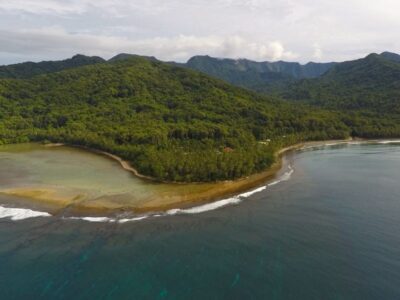
Lupa Vangunu and Marovo Lagoon. Courtesy Zaira community and Tyrone Lavery.
Commercial logging would also destroy the cultural and traditional link people have had with this land for generations. Currently, community members are managing the land using a customary but formal management system, which is focused on the maintenance of culture and tenure, food security, access to clean water, iconic species and education.
But rivers and the surrounding marine ecosystems are already becoming polluted from logging on other parts of the island.
“If you look at our Vangunu Island, logging has destroyed the whole place, I think this is the only place left,” says Zaira resident Maraeah Talilotu.
“If you take a look at the land you will be sad because there is no forest. Those areas have no food anymore. If we want to gather food from the sea, we can actually see the sea is damaged.”

Protected forest and nature Marovo Lagoon Photo courtesy of Aelanlife.
Lupa Vangunu’s important biodiversity and critically endangered animals are worth protecting.
The Southern Lupa Vangunu forest area in question is a corridor of biodiversity that starts at 500 metres below the ocean, crosses a coral reef ecosystem to the coast and travels all the way up to 1,000 metres above sea level.
The forest is home to Monkey-faced bats and the only known habitat for the Vangunu Giant Rat (known by the Indigenous name vika), both listed as critically endangered on the IUCN Red List.
The critically endangered Leatherback turtle is also among wildlife most at-risk from the effects of logging activity and sediment. The turtle has become the mascot for the 2023 Pacific Games — to help raise awareness about its endangered status and the importance of protecting it. Weighing up to a ton, Leatherbacks are the largest sea turtles and also the most ancient. Lupa Vangunu and the Marovo Lagoon is an important nesting stop on its migratory path.
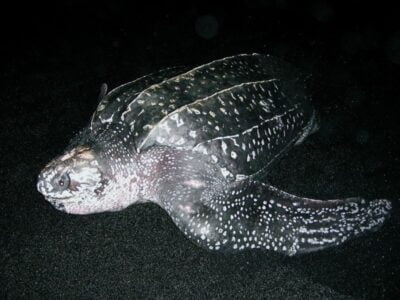
The critically endangered Leatherback turtle.
Opportunities for community-owned forest carbon
The future of forest carbon in the Solomon Islands is strong, with successful projects already demonstrating environmental, cultural and financial benefits for the Babatana tribes on Choiseul Island and with new community-owned projects establishing in Viru Harbour, Makira and other island regions across the Solomon Islands.
Some of these new projects are being developed by Live & Learn Solomon Islands, NRDF and the Nakau Programme, among other organisations, and Lupa Vangunu could join the growing list of successful carbon projects in the Pacific if a Protected Area was established.
Carbon projects require a long-term commitment to protect and manage their forests but will in return provide a sustainable replacement economy to logging. Unique to carbon projects is the importance of a transparent benefit sharing system to avoid conflicts and to strengthen community governance so everyone can collaboratively receive and share income from carbon credits in a fair process.
“Income from forest carbon might be the same as from logging at first, but it is spread over a longer time, contributing towards a more sustainable development for tribal communities,” says Wilko Bosma who works with the Nakau Programme and National Resource Development Foundation (NRDF).
“With forest carbon, income from credits benefits all tribal members while logging only provides for a small group of people.”
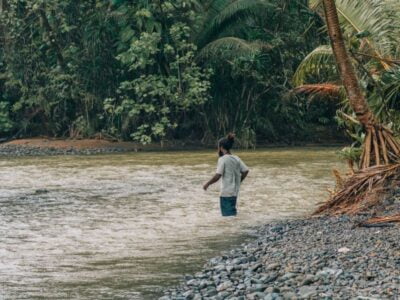
Sediment in river from logging. Photo courtesy of Aelanlife.
What we are doing to help
While many Lupa Vangunu residents — in particular the Zaira community — are already working towards sustainable options like forest carbon, there is a need to continue a dialogue with pro-logging community members to build a shared vision that supports conservation and people.
Live & Learn Solomon Islands together with the Ministry of Traditional Governance, Peace and Ecclesiastical Affairs (MTGPEA) have been facilitating a reconciliation process with the hope of resolving the threat logging poses for important rainforests in the region.
“The only way the carbon project can move in a positive direction is for the tribal members to work together,” says Bill Apusae from Live & Learn Solomon Islands.
Bruno Manele who is the Deputy Director of Western Traditional Governance Peace and Ecclesiastical Affairs says “bringing [everyone] together to sit, agree and eat from the same table, so to speak… is the best and most desirable means of stamping an agreement towards saving the remaining untouched rainforest tract in Marovo Lagoon.”
Share their story
Customary landowners from Zaira urge leaders and decision-makers to listen to what they have to say — and to support them to conserve the forests, protect their way of life and strengthen their climate resilience.
They ask that you share their story.

